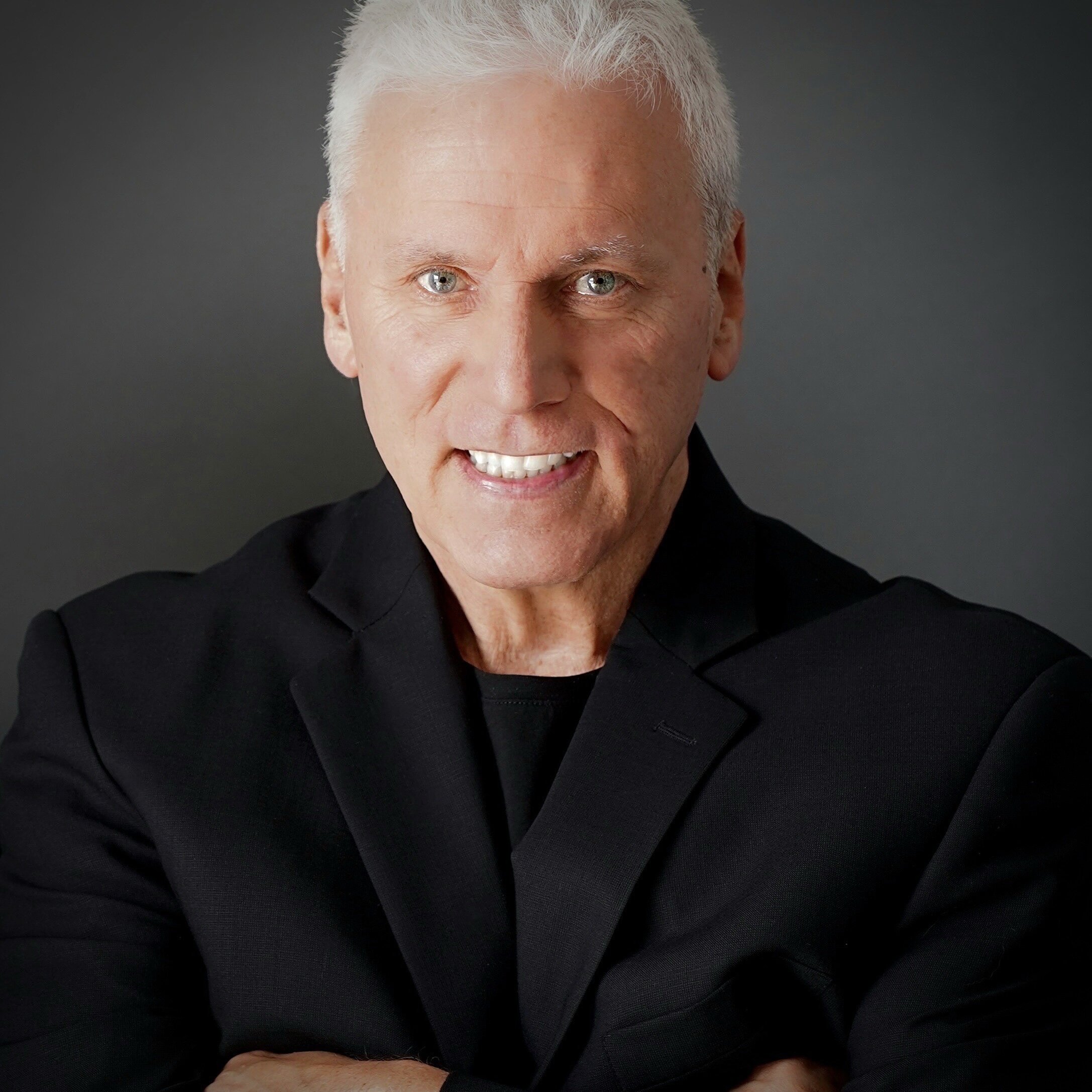April 3, 2024 | 1:10pm ET
BY Dennis Bernstein, The Fourth Period
LAK AT THE CLOSE: IS EIGHT GOING TO BE GREAT?
Photo by Juan Ocampo/NHLI via Getty Images
LOS ANGELES, CA — There are eight games remaining in the uneven Los Angeles Kings regular-season. The concluded four-game Canadian trip is a microcosm of the first 74 games – executing their “controversial” (in Canada only) defensive scheme to win a close one in Vancouver, the inability to win a game in Alberta and blowing a lead late in the second period that resulted in a one-goal third period regulation loss in the final game in Winnipeg.
As a result of the 1-3-0 run which snapped a four-game winning streak, while the playoffs are close to a certainty (+/- 95% from most quarters), a 7-2-1 run by the St. Louis Blues has raised the importance of a schedule with the easiest strength of schedule in the NHL (and it’s not close).
With eight games remaining in the regular-season, Los Angeles doesn’t leave California and only plays one playoff qualifier, the Canucks; the team they’ve had the most regular-season success of the current Western Conference qualifiers (2-0-1- only 3 5-on-5 goals allowed).
It could be a Great Eight but given that their longest winning streak is five games and the last 19 games have produced a 10-8-1 record, assuming something along the lines of a 7-1-0 finish is reserved for only the most optimistic of Kings followers. If this team follows the script of the first 74 games, they’ll finish 5-3-0, look very good in some games, underwhelming in losses and garner enough points to get into the Stanley Cup playoffs for the third consecutive season.
Multiple NHL franchises would welcome a continuing string of playoff berths but given the expectations set by management last Fall, it’s not good enough just to qualify for the postseason. The messaging from the front office was the addition of Pierre-Luc Dubois to Anze Kopitar and Philip Danault would result in a matchup advantage at the center position for most nights.
For the first two months of the season, the plan worked well as the Kings sprinted out to a 16-4-3 record fashioned primarily by the NHL-record 11 straight road wins to start. The next 51 games have been a display of mediocrity (22-21-8) despite major improvement in both overall goals against (from 16th last season to 4th place) and the penalty kill (from 24th to currently second but league-leading for a long stretch of the season). To execute such a high-level of defensive efficiency with such a marginal payoff, trending towards a wildcard berth instead of being safely in the top three of the Pacific Division (which matters if you look at the results against the top two Central Division teams and a possible first round matchup, Dallas and Colorado) is a disappointment.
That’s why I don’t subscribe to the cliché – “just get into the playoffs” and while there are instances where teams have crawled into the playoffs rose up and made a big postseason run (2012 Kings, last season’s Florida Panthers), finishing with a whimper and not a bang isn’t a precedent for dangerous postseason teams.
The offense has been the primary reason for the inconsistency, sitting midtable overall (17th going into Wednesday’s match against the Kraken) and while some believe the powerplay has been a drag on production, that notion is skewed by results at home (19.4% efficiency in LA – 20th overall) but the lack of home production was a major factor in wallowing home play for most of the season. The powerplay road success (top five execution at 25.2%) mirrors their better road play this season but the inability to score big goals in big spots in regulation has been a recurring theme (and a bigger issue) through 74 games. When the Kings win, it’s mostly by a comfortable margin (23-11 in three goal games) while in most losses they hang around and don’t get blown out, the cause for an improved goal differential (+32 over +22 last season). Conversely, it’s also an indicator of the inability to win close games as they are eight points behind the pace of last season’s 104-point team despite improved overall defense.
Quinton Byfield’s emergence and Trevor Moore’s career year in goal-scoring aside, the Kings are not a scary offensive team. Kopitar, Adrian Kempe and Kevin Fiala are in a three-way dance to determine the team leader in scoring but none of them are in the top 40 of NHL scorers. The combined 72 points from Danault and Dubois at the second and third center positions isn’t good enough production to create mismatches resulting in more scoring (and that is far more on Dubois than Danault). Viktor Arvidsson’s second return to play changes the offensive mindset with his willingness to make a play (a noticeable trend in Canada was the team’s collective pass-first, shoot-much-later-or-at-all mentality) and shooting when it’s not a high-danger chance (his well-placed slap shot from 42 feet against Winnipeg the most recent example). Improved mindset aside, Arvidsson must post numbers down the stretch because the team has not received additional offense from anyone not on Opening Night’s roster.
Brandt Clarke, Sammy Fagemo and Alex Turcotte haven’t moved the needle and Akil Thomas’ debut in Winnipeg was great to see given his health challenges but unless there are significant injuries, his contribution will come next season. Alex Laferriere is a pleasant surprise and was on the roster out of training camp, but his production is a replacement for what Arthur Kaliyev was supposed to give.
But trends change quickly, and the aforementioned schedule can both improve their standings position as well as their confidence that has ebbed and flowed like their results since Christmas. The challenge for Coach Jim Hiller is to get multiple forward lines going offensively for the final eight games and beyond but even more vital to success is getting a consistent confident effort from his team. There have been too many efforts where confidence is lacking (some analyze it as not being “connected”) and it mostly comes in games against teams that play a more physical game than the average team. I’ll save the roster construction analysis for the team’s post-mortem at season end because the team that will head to the playoffs was always going to be the one that started the season. Not overly big, not overly skilled with little salary cap room that made it necessary to be stingy defensively and get reliable goaltending to make the playoffs.
It's time to see if the Last Eight are Great.
A BRIDGE NOT TOO FAR?
As July 1 is not too far off in the distance, there will be increasing chatter about Matt Roy’s pending unrestricted free agency. There’s been no talk about his future in a Kings sweater because General Manager Rob Blake has consistently said contract discussions will take place when the season concludes. In most cases, but not always, that statement precludes a departure for the player scheduled to hit the open market.
Roy has been one of the biggest success stories of the organization’s drafting and development. A 2015 seventh-round pick that arrived unheralded six seasons ago, he’s turned into a steady defensive force registering a career-high in time-on-ice (21:00/night) and blocked shots (185) – deserving of a raise from the backloaded (his salary is $4.2 million this season but his cap hit is $3.1 million) three-year deal the 29-year-old defender inked in March 2021.
What makes things tricky is the two-year extension his steady partner Vladislav Gavrikov signed last summer (a front loaded one with a $6.5 million salary this season, but a $5.875 million cap hit). Gavrikov appears to have more offensive tools than Roy, but his production is similar – both players should contribute 25-30 points from their middle pair tandem. Gavrikov will turn 29 in November and his AAV is close to where Roy’s deal would land.
One of the goals this season for Los Angeles was to develop two righthanded defenseman – Clarke and Jordan Spence – with an eye towards a possible Roy Au Revoir. Spence is a fixture on the third pair but that may be his NHL ceiling – not necessarily a bad thing. Does Clarke have the ability to step and play 20 minutes a night next season? The former 2021 eighth overall pick would be expected to produce more offense than Roy and Gavrikov (or possibly Mikey Anderson) would give him more support than placement on the third pair duty he saw in the 16 games he played in Los Angeles.
But the uncertainty about what a full second season from Clarke would provide does make a Roy extension a plausible outcome. Assuming Arvidsson does not re-sign (based solely on health history), some cap space is available, but the determining factor that keeps Roy in play is the extension Quinton Byfield will sign.
It’s funny how a year changes things. If you suggested 12 months ago that Byfield should be signed to the extension Tim Stutzle received ($66.8 million over 8 seasons), your amateur GM card would be revoked. Today, that deal would be a value-contract for the team with Byfield’s ascension.
With the salary cap continuing to climb, a Byfield bridge deal on the neighborhood of $5 million for two or three seasons rewards and further motivates the emerging player for a future larger deal (when Kopitar’s final deal is done) and creates more cap space for a possible Roy return in the same neighborhood of AAV.
Dennis Bernstein is the Senior Writer for The Fourth Period. Follow him on Twitter.
Past Columns:
Mar. 9, 2024 - LAK at the Deadline: Los Angeles Hold ‘Em
Feb. 26, 2024 - LAK at 56: Hiller at the helm



